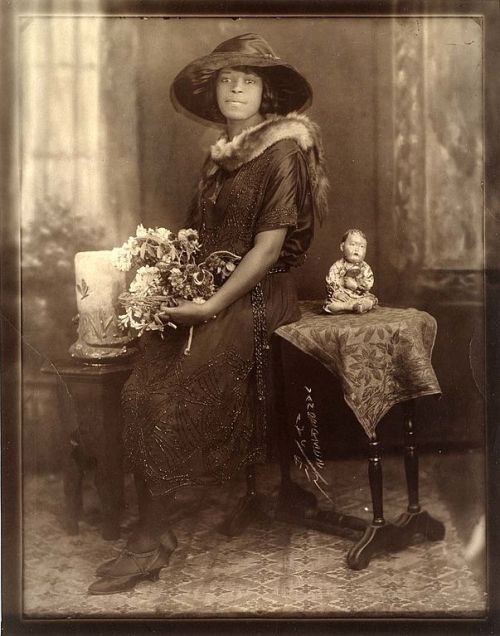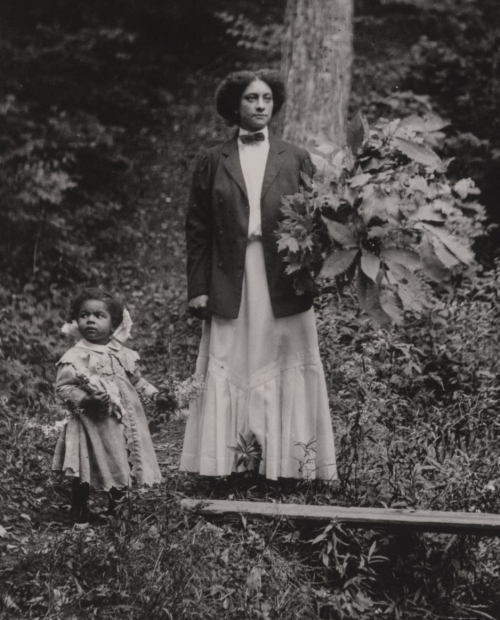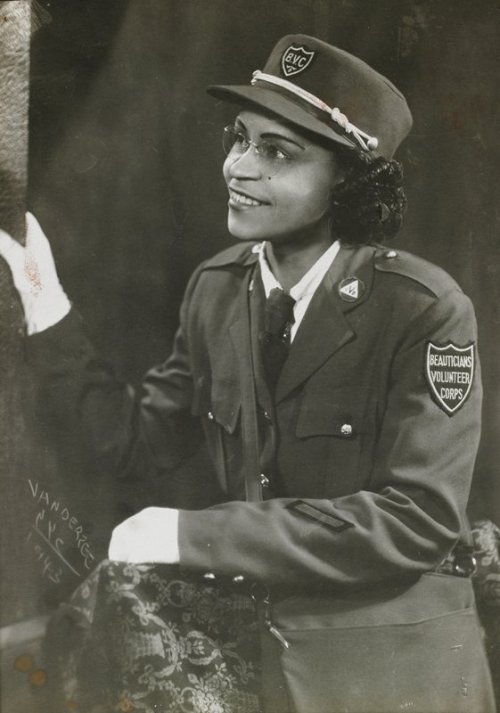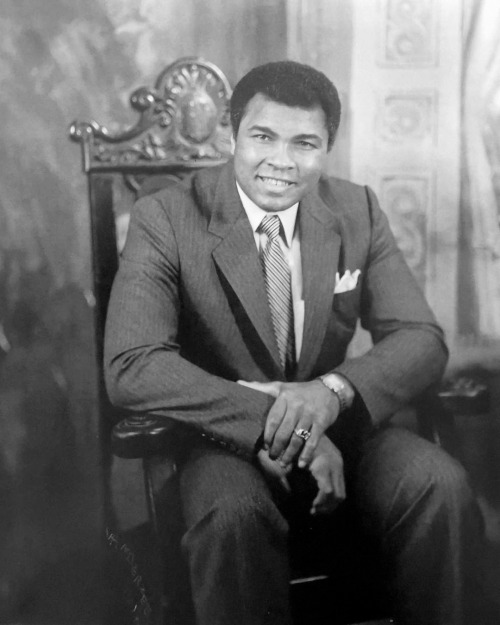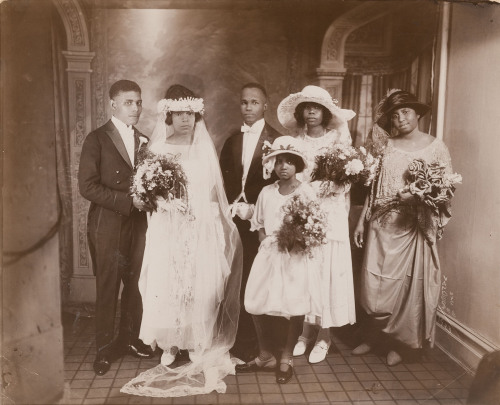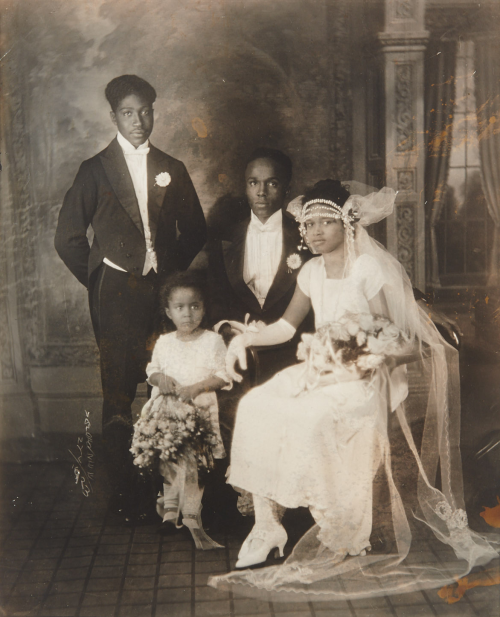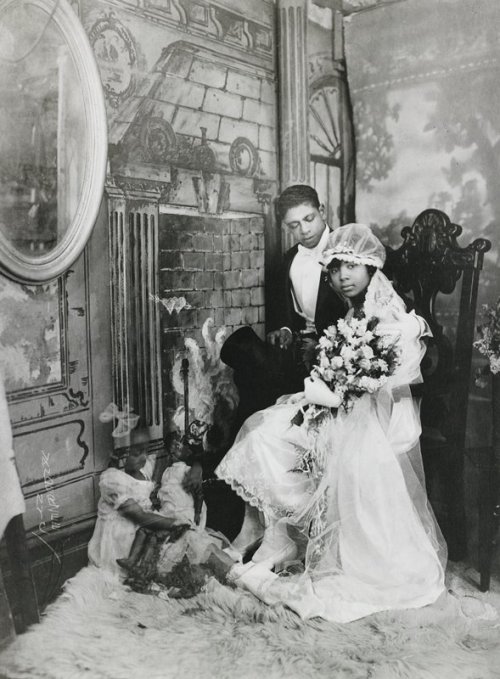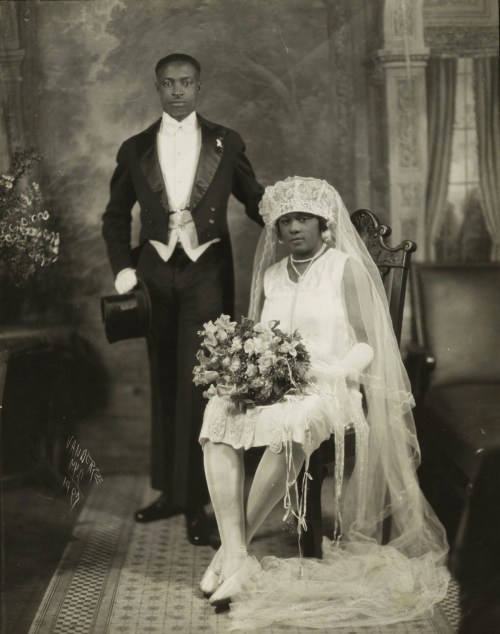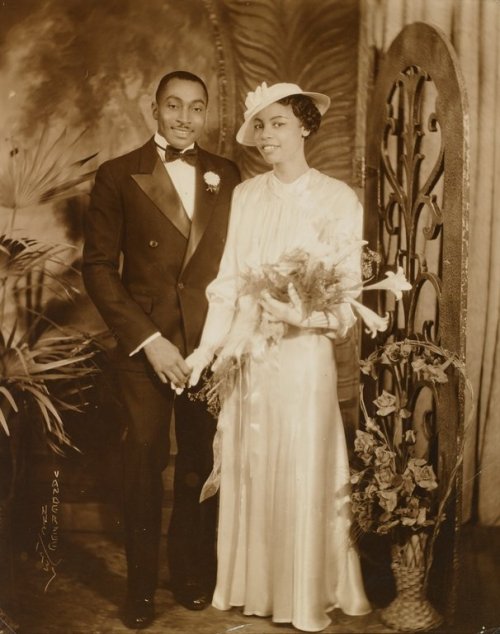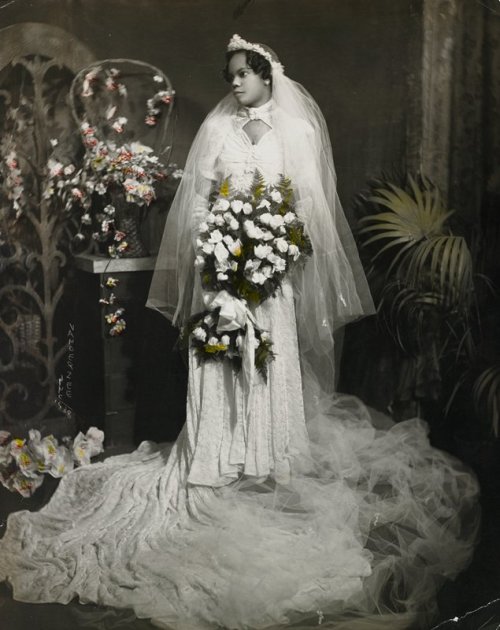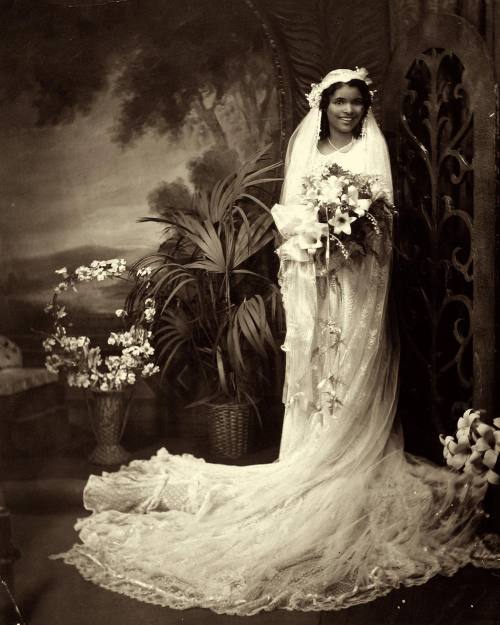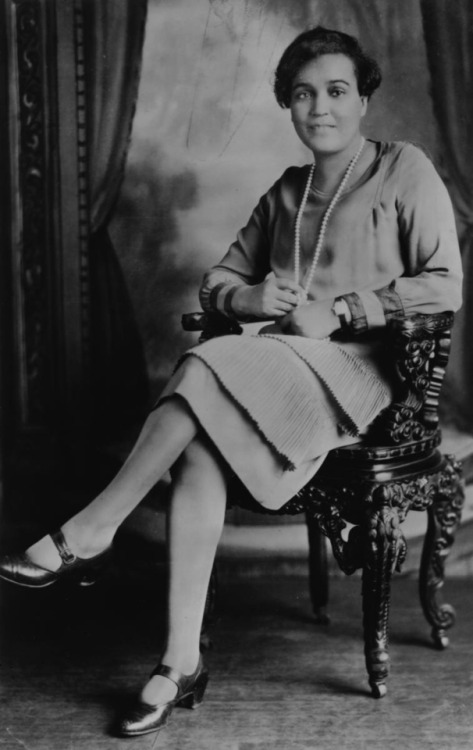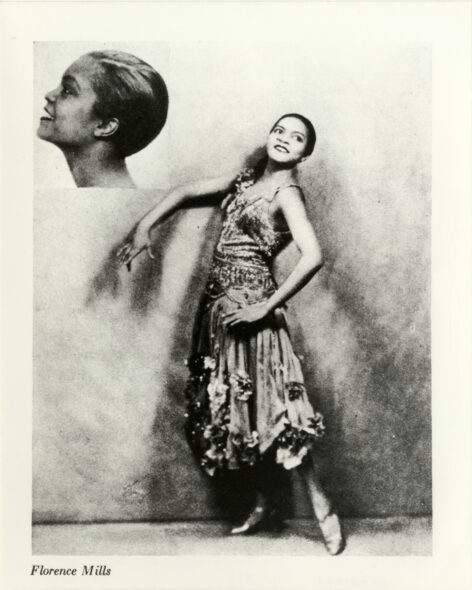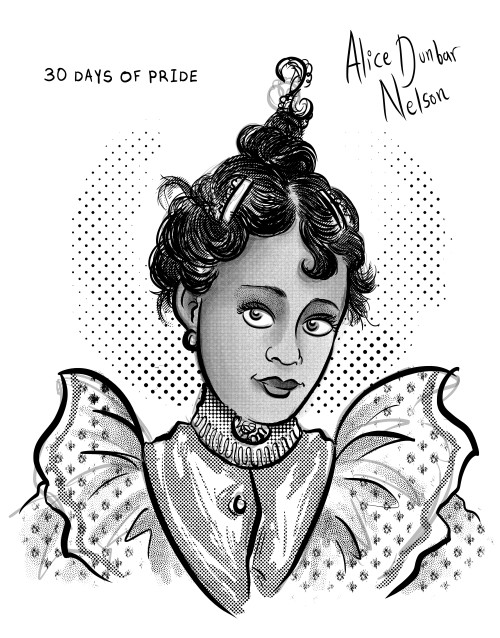#harlem renaissance

Some day, when trees have shed their leaves
And against the morning’s white
The shivering birds beneath the eaves
Have sheltered for the night,
We’ll turn our faces southward, love,
Toward the summer isle
Where bamboos spire the shafted grove
And wide-mouthed orchids smile.
And we will seek the quiet hill
Where towers the cotton tree,
And leaps the laughing crystal rill,
And works the droning bee.
And we will build a cottage there
Beside an open glade,
With black-ribbed blue-bells blowing near,
And ferns that never fade.
— Claude McKay, After the Winter

Some folks hollered hard times
in nineteen-twenty-nine.
In nineteen-twenty-eight
say I was way behind.
Some folks hollered hard times
because hard times were new.
Hard times is all I ever had,
why should I lie to you?
Some folks hollered hard times.
What is it all about?
Things were bad for me when
those hard times started out.
— William Waring Cuney, Nineteen-twenty-nine
Langston Hughes
What happens to a dream deferred?
Does it dry up
like a raisin in the sun?
Or fester like a sore—
And then run?
Does it stink like rotten meat?
Or crust and sugar over—
like a syrupy sweet?
Maybe it just sags
like a heavy load.
Or does it explode?
Hold fast to dreams
For if dreams die
Life is a broken-winged bird
That cannot fly.
Hold fast to dreams
For when dreams go
Life is a barren field
Frozen with snow.
–Langston Hughes
Portraits by James Van Der Zee
- Kate and Rachel Van Der Zee, Lennox, Mass.(1909)
- Evening Attire (1922)
- Renaissance Basketball Team (1925)
- Beau of the Ball(1926)
- Christmas Morning(1933)
- Hazel Scott (1936)
- Lady in Dance Pose (1939)
- Untitled (Beauticians Volunteer Corps)(1943)
- Muhammad Ali(1981)
- Jean-Michel Basquiat(1982)
Post link
Vintage Wedding Portrays by James Van Der Zee
- Untitled (Wedding Party) (1923)
- Wedding Portrait (1923)
- Wedding Day, Harlem(1926)
- Bride and Groom(1927)
- Beautiful Bride (c. 1930)
- Love and Marriage (1932)
- Wedding Couple(1934)
- Formal Ties (1937)
- Untitled(1938)
- A Bride(1939)
Post link
(Trigger warnings: racism and slavery.)
Brown Girl After the Bath by Archibald John Motley, 1931.
Motley was the first African-American artist to earn a Guggenheim Fellowship for his artistic prowess and the first to be given his own show at a New York gallery. Despite this pioneering, his personal attitudes toward race were inconsistent and often troubling.
In an interview for the Archives of American Art recorded in the late 1970s, he recalls his grandmother’s experiences as a slave:
She said they treated her just lovely. She got nice clothes, nice shoes. They made them take good care of themselves. They made them bathe. They had good food to eat; they had the same kind of food as the master and the family had. So she said it wasn’t difficult at all. She said she liked it. She loved her master and mistress.
How does Motley miss the paternalism and infantilization at the core of that recollection? In one of his paintings, in gratitude to his grandmother’s owners, Motley actually added an image of the mistress as a tribute.
Motley does acknowledge that not everyone had the same experiences of slavery, but overall he seems to downplay the impact of racism on African-Americans, even hinting that inequality is partly self-inflicted. His rationalizations are difficult to hear, especially from someone whose breaking of barriers helped make the Harlem Renaissance possible.
His art, however, leans toward the progressive, with Motley demonstrating a moral obligation to uplift African-Americans through positive representations. Often he was preoccupied with skin tone, bringing to the forefront values of diversity and self-determination. In part, this was to subvert stereotypes. He wanted white audiences to appreciate the individuation within ethnic minority communities. Of the people in his paintings, he said:
They are not all the same color. They’re not all black. They’re not all, as they used to say years ago, high yellow. They’re not all brown. I try to give each one of them character as individuals…
Two of his most famous works, Octoroon Girl and the Mulatress, embed this message of diversity within their titles–though Motley’s terminology sounds like fingernails scraping a chalkboard from a 21st century listening post.
The description of the bather in the selected painting as “brown” is easier on the ears. Motley is very respectful of his nude figure. There’s an open curtain, an invitation to look, which mitigates the sense of voyeurism. Her confidence makes her more subject than object, and she is staring back at us, affirming her humanity, asserting her beauty as a person–which Motley, through his attention to detail, shows is enhanced, not mitigated, by the brown hue of her skin.
Post link

Mystery of the Dark Tower, by Evelyn Coleman. It focuses more on the supernatural than is my taste, especially since it doesn’t exactly advance the plot. There was also excessive use of description in spots.
I found myself getting frustrated by all the lies of omission the adult characters put upon Bessie.
Goodreads star rating: 2/5
Would there have been a Harlem Renaissance without Jessie Fauset?
http://www.newyorker.com/books/page-turner/the-forgotten-work-of-jessie-redmon-fauset
Post link
The Prince and the Actress: When Florence Met George
© E. Azalia Hackley Collection/Detroit Public Library
Though African American performers dazzled British society and its royals since the days of Walker and Williams(who brought their minstrel revues to English shores in the early 1900s), and performers like Aida Overton Walker, Sissieretta Jones, and others were viewed as the epitome of Black glamour–there was something different about Florence…
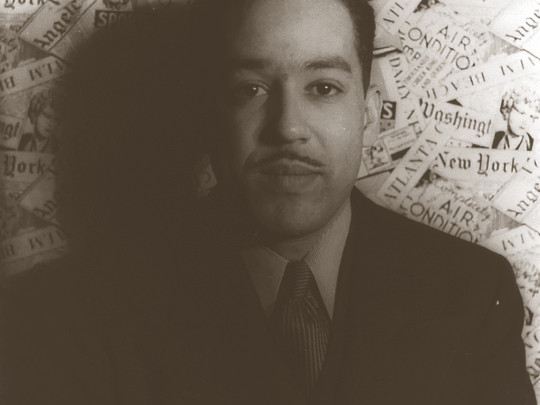
Considered the leader of the “Harlem Renaissance”, he was an American poet, activist, playwright, novelist, and writer. He’s also considered one of the innovators of “jazz poetry”.
Born 1902, Joplin, Missouri. Hughes’s parents divorced during his childhood, so he spent a lot of time living with his grandmother as his mother traveled looking for work. During elementary school he got his first exposure to poetry, as he was elected “class poet”. His interest grew even more in high school, writing short stories, plays, and even wrote his first piece of jazz poetry, “When Sue Wears Red”.
After graduating high school in 1920, Hughes spent some time living abroad in Mexico with his father before attending Columbia University in 1921. His first critically acclaimed piece of poetry, “The Negro Speaks of Rivers” was published in The Crisis magazine, an impressive feat around the age of 19. It was during this time he became apart of the emerging “Harlem Renaissance” movement. Hughes would drop out of Columbia (citing racial prejudice) and took odd jobs around New York and traveled across the world as a steward on a freighter. Hughes landed in Paris for a while, continuing to craft and publish his poetry.
Returning to the U.S. in 1924, Hughes met American poet Vachel Lindsay while he was working as a busboy at a hotel in Washington, D.C. Acting as mentor, Lindsay would bring Langston’s work to a larger audience helping him to win competitions and publishing his poetry.
Langston earned a scholarship to Lincoln University (Pennsylvania) where he would continue his work. Coincidentally, Thurgood Marshall, who would become the first Black Associate Justice of the Supreme court of the United States, was a fellow alumnus and classmate of Hughes during his time as an undergraduate. Hughes’s first book of poetry, “The Weary Blues”, was published in 1926. It was well received. After graduating in 1929, he would publish his first novel, “Not Without Laughter”. It was considered a commercial success and won the Harmon Gold Medal for literature.
Making a name for himself, Hughes traveled across the country and world doing lectures throughout the 30s. In 1935 he received a Guggenheim Fellowship. In the 40s, he contributed to a column in the Chicago defender, addressing topics related to racism and the struggles of working-class Black population. He continued to publish poetry anthologies, novels, and plays throughout the 50s and 60s.
Hughes died in 1967 from complications with prostate cancer. His ashes were placed underneath the entrance of the Arthur Schomburg Center for Research in Black Culture in Harlem. He would also be remembered through his an award created in his honor, the “Langston Hughes Medal”, which was first awarded in 1973.
The works he created over the years represented his complicated views about race relations, the Black human condition, and how as a people they fit into the American experience overall. Hughes’s work demonstrated a pride in African-American identity & culture through wit, comedy, and intense, objective insights of modern society. His written words and contribution to American culture would become his final legacy.
Photo Source: Library of Congress – Wikimedia Commons
Source:Wikipedia
Source:Biography.com
30 Days of Pride Day 16- Alice Dunbar Nelson
Alice Dunbar Nelson was an American poet, journalist, teacher, and political activist. Among the first generation born free in the South after the Civil War, she was one of the prominent African Americans involved in the artistic flourishing of the Harlem Renaissance. In addition to playing a role in the Women’s Suffrage Movement of 1910, she also became a voice for Black people on the subjects of lynchings, healthcare, education, and the Jim Crow Laws.
Nelson’s writings touched upon her experiences in a white, male dominated industry as a writer, and of growing up as a biracial woman in Louisiana. In addition to her published work, Alice also kept diaries, which detailed her love affairs with women during her marriages to men. Her diary was published in 1984 and remains one of the few diaries of a 19th-century African-American woman.
Post link
30 Days of Pride Day 12- Alberta Hunter
Alberta Hunter was an American jazz and blues singer and songwriter from the early 1920s to the late 1950s. Hunter was a lesbian and mixed in the famously liberal and accepting circles of LGBTQ jazz singers during what became known as the “Harlem Renaissance.” In the 1920s, Hunter met Lottie Tyler, niece of comedian Bert Williams, in Chicago in the late 1910s and the two were in an on-again, off-again relationship for many years until Tyler’s death.
During World War II, Hunter took charge of a U.S.O. singing troupe, whom she took to Casablanca and entertained troops both during and after the war. They also performed for President Eisenhower, who invited them to a reception for British senior officer Bernard Montgomery. Her mother’s death soon after sparked a change in career choice, and she became a nurse.
Hunter resumed her singing career 20 years later in 1977, at the age of 82, and continued to perform until her death seven years later.
Post link

